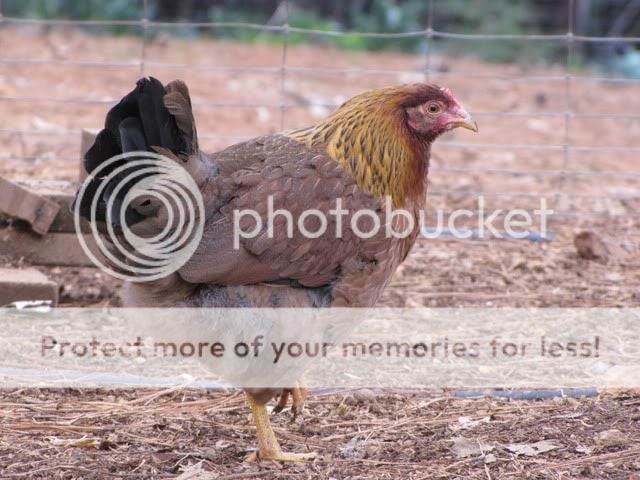The following are pictures of two Welsummers the same age... I will post a pic of each and then one together. For a long time we thought they were a pair but now we're thinking the smaller one is just an EXTREMELY slow developing male. Please I need opinions on the smaller one as to whether it is boy or girl?
Ok this is the smaller one, coloring definitly does not scream girly, no spurs coming in and comb and wattles are smaller

this is the larger one(already breeding the girls)

and now both side by side. See how much smaller the right one is?

Ok this is the smaller one, coloring definitly does not scream girly, no spurs coming in and comb and wattles are smaller

this is the larger one(already breeding the girls)

and now both side by side. See how much smaller the right one is?






